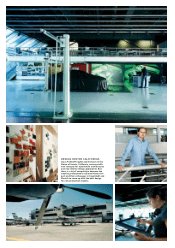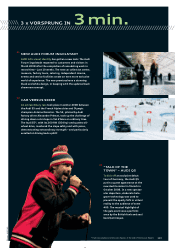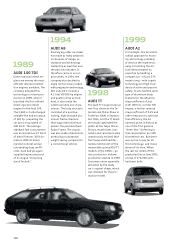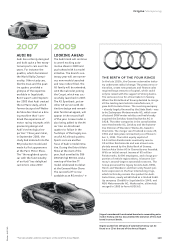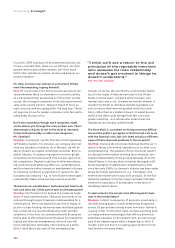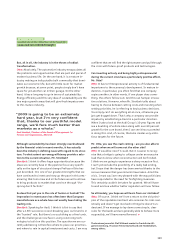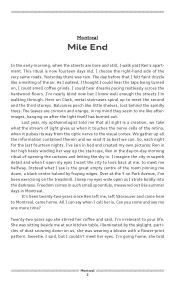Audi 2008 Annual Report Download - page 122
Download and view the complete annual report
Please find page 122 of the 2008 Audi annual report below. You can navigate through the pages in the report by either clicking on the pages listed below, or by using the keyword search tool below to find specific information within the annual report.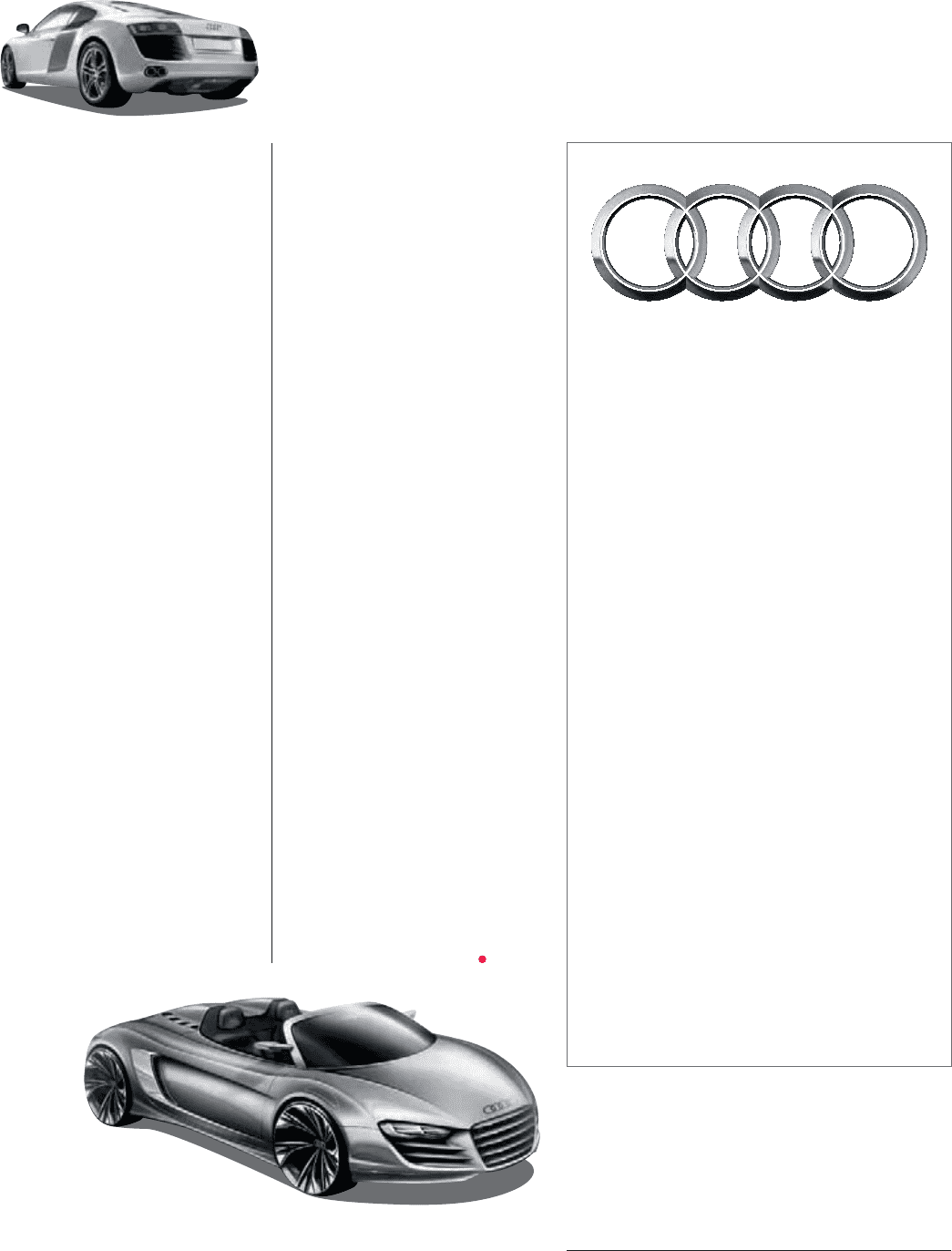
119
AUDI R8
Audi has certainly designed
and built quite a few excep-
tional sports cars over the
years. For instance the
quattro, which dominated
the World Rally Champi-
onship. Other study cars,
like the Avus and the quat-
tro spyder, provided a
glimpse of the expertise
available in Ingolstadt.
But it wasn’t until Septem-
ber 2003 that Audi created
the Le Mans study, which
former design chief Walter
de Silva described as a driv-
ing machine that “com-
bined the experience of
motor racing triumphs with
pioneering design and
Audi’s technological ex-
pertise.” Three years later,
in September 2006, the
study had matured into the
R8 production model and
made its first appearance
at the Paris Motor Show.
The “thoroughbred sports
car with the functionality
of an Audi” has delighted
customers since 2007.
LOOKING AHEAD
The Audi brand will continue
to unveil exciting auto-
motive ideas in 2009 and
push ahead with its model
initiative. The brand’s cen-
tenary year will see numer-
ous new models launched
and new niches filled. The
A5 family will be extended,
with the Cabriolet joining
the Coupé, which was suc-
cessfully launched in 2007.
The A5 Sportback, yet an-
other A5 version with dis-
tinctive design and remark-
able functional appeal, will
appear in the second half
of the year. A new model is
also being added to the A4
car line: an A4 allroad
quattro to follow in the
footsteps of the hugely suc-
cessful A6 allroad quattro.
Sports cars are another
focus of Audi’s model initia-
tive. During the Detroit Auto
Show at the start of the
year, Audi unveiled its 386
kW (525 hp) R8 V10. And a
new top-of-the-line TT
model celebrated its debut
at the Geneva Motor Show:
The successful TT is now
available as an RS version.*
Origins Vorsprung
Photos: AUDI AG
Jürgen Lewandowski has devoted decades to researching auto-
motive history and has documented the evolution of the Audi
brand in several books.
THE BIRTH OF THE FOUR RINGS
In the late 1920s, the German automotive indus-
try underwent radical change: The pressure to ra-
tionalize, create new products and finance sales
required large amounts of capital, which could
only be raised with the support of strong banks.
The same was true for all carmakers in Saxony.
When the State Bank of Saxony decided to merge
all the leading local vehicle manufacturers, it
gave birth to Auto Union. The receiving company
– already largely financed by the State Bank – was
to be Zschopauer Motorenwerke AG, which man-
ufactured DKW motor vehicles and had already
acquired the Zwickau-based Audiwerke AG in
1928. The other companies in the consolidation
were Horchwerke AG, Zwickau and the Automo-
tive Division of Wanderer Werke AG, based in
Chemnitz. The merger was finalized on June 29,
1932 and took place retroactively as of Novem-
ber 1, 1931. The initial equity capital of
14.5 million Reichsmarks eventually rose to
30 million Reichsmarks and was almost com-
pletely owned by the State Bank of Saxony.
And so Auto Union AG in Chemnitz was founded.
With an initial annual income of 65 million
Reichsmarks, 8,000 employees, and a large pro-
portion of vehicle registrations, it became Ger-
many’s second-largest automobile concern. The
Group preserved the legacy brands Audi, DKW,
Horch and Wanderer and their unity found sym-
bolic expression in the four interlocking rings,
which to this day remain the symbol for Audi.
Auto Union, newly established as a limited liabil-
ity company (GmbH) in Ingolstadt in 1949, and
NSU Motorenwerke AG, Neckarsulm, ultimately
merged in 1985 to form AUDI AG.
* Fuel consumption and emission figures at the end of the Annual Report.
Engine sounds from 100 years of automotive history can be
found on a CD at the end of the Annual Report.
2007 2009



